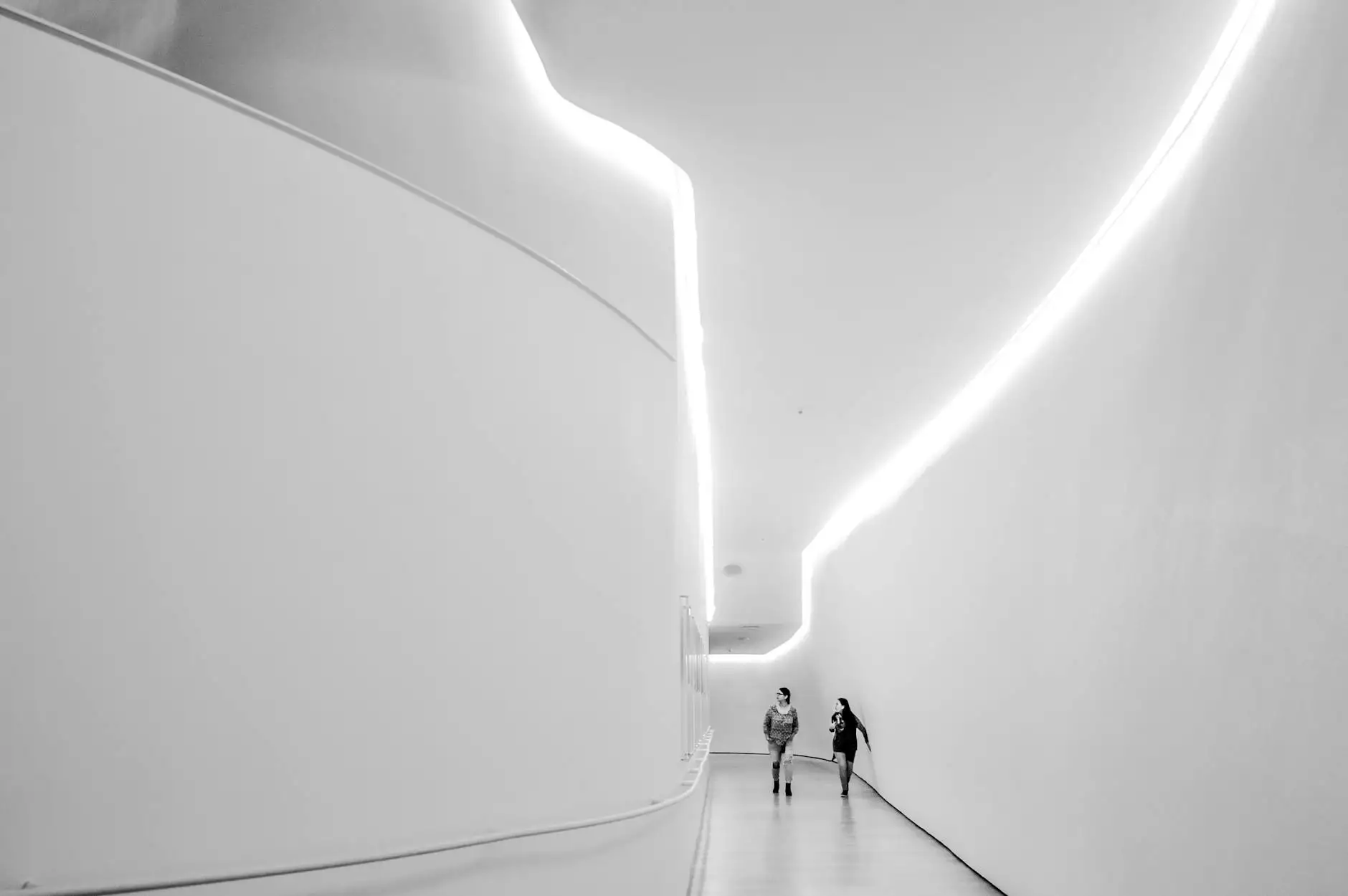The Art and Science of Architectural Model Builders

In the world of architecture, visualization plays a crucial role. Architectural model builders are the unsung heroes behind the stunning representation of architectural concepts. They construct detailed, physical models that capture the essence of a design, aiding architects, clients, and stakeholders in understanding the proposed structures. This article dives deep into the significance of these skilled artisans and explores how they contribute to the architectural field.
Understanding Architectural Models
Architectural models serve numerous purposes, making them indispensable in the industry. They can be categorized into various types, each serving a unique function:
- Conceptual Models: These are basic representations of a design, often created during the early stages, focusing on form and space rather than material detail.
- Presentation Models: More detailed and refined, these models are used to convey the final idea to clients and stakeholders.
- Working Models: Designed to test and manipulate design ideas, these models allow architects to evaluate details and functionality.
- Detail Models: These focus on specific building elements or structural details, providing a closer look at particular architectural features.
The Role of Architectural Model Builders
Architectural model builders play a pivotal role in bringing architectural visions to life. Through their expertise, they help architects communicate their ideas more effectively. Let's explore some key aspects of their role:
1. Enhancing Communication
Often, complex architectural drawings can be challenging to decipher for clients unfamiliar with technical language. Architectural model builders provide a tangible representation of designs, making it easier for non-experts to visualize and understand the concept. This enhanced communication fosters collaboration between architects and their clients, making feedback and revisions more straightforward.
2. Facilitating Design Revision
With physical models, architects can assess proportions, scale, and materials more effectively than with digital renderings alone. This hands-on approach allows for rapid design adjustments, ensuring the final product aligns with the client’s vision and practical needs.
3. Assisting Marketing Efforts
High-quality architectural models are also essential tools in marketing and presentation. Well-crafted models can attract potential buyers, investors, or stakeholders by showcasing the project in a compelling manner. They serve as a critical sales tool in the real estate and construction industries, where visual appeal is paramount.
Technical Skills Required for Architectural Model Builders
Creating architectural models demands a unique set of technical skills, combining artistry, precision, and engineering insight. Key skills of successful architectural model builders include:
- Understanding Architectural Principles: A strong foundation in architectural design principles is crucial. Model builders need to grasp proportions, scales, and the relationship between various elements to create accurate representations.
- Proficiency in Materials: Knowledge of various modeling materials (such as wood, plastic, resin, and foam) allows builders to select the best options for each project based on the desired finish and durability.
- Attention to Detail: Precision is vital in model making. Architectural model builders must ensure that every detail accurately represents the architect's original vision.
- Technical Tools Expertise: Familiarity with tools like laser cutters, 3D printers, and various hand tools is essential for building high-quality models efficiently.
Architectural Model Building Techniques
The techniques employed by architectural model builders can significantly influence the quality and effectiveness of the models produced. Here are some common techniques:
1. Digital Modeling
Before physical construction, many builders utilize digital software like CAD (Computer-Aided Design) and BIM (Building Information Modeling) to create 3D representations. This approach allows for easy modifications, precise dimensions, and an overall better understanding of the spatial relationships within the project.
2. Traditional Handcrafting
While digital methods have gained popularity, many architectural model builders still rely on traditional craftsmanship. This involves hand-cutting and assembling materials to create a model. This technique often results in a uniquely personal touch that can convey the designer's vision more clearly than a purely digital approach.
3. Hybrid Techniques
A growing trend in model making is the combination of digital and traditional techniques. For instance, builders can use 3D printers to create components that are then manually assembled with handcrafted elements. This hybrid method offers the precision of digital tools while retaining the artistic elements of handcrafting.
Importance of Quality in Architectural Models
Quality plays a significant role in the effectiveness of architectural models. Here are some reasons why high standards in craftsmanship are essential:
- Accuracy: Accurate models ensure that concepts are communicated effectively, reducing misunderstandings and misinterpretations.
- Durability: Well-made models can withstand the test of time and repeated handling, making them suitable for presentations, exhibitions, and marketing purposes.
- Aesthetics: A visually appealing model can captivate audiences, enhancing the overall impression of the architectural design.
Future Trends in Architectural Model Building
The field of architectural model building is constantly evolving. Here are some emerging trends that are shaping the future of this industry:
1. Sustainability
As sustainability becomes a priority in architecture, architectural model builders are also adapting. Using eco-friendly materials and techniques not only aids in the environment but also appeals to a growing segment of environmentally conscious clients.
2. Integration of Technology
Technological advancements such as VR (Virtual Reality) and AR (Augmented Reality) are revolutionizing how architectural models are used. Rather than solely relying on physical models, architects can now create immersive experiences for clients that showcase their designs in interactive ways.
3. Customization and Personalization
The demand for bespoke solutions is rising, leading architects to seek highly customized models that reflect their distinct vision. Architectural model builders who can offer tailored services are likely to thrive in this competitive market.
Choosing the Right Architectural Model Builder for Your Needs
When selecting an architectural model builder, consider the following factors:
- Portfolio: Review the builder's previous projects to evaluate their style, quality, and attention to detail.
- Experience: Look for builders with relevant experience in your type of project, whether it's residential, commercial, or conceptual.
- Communication: Choose builders who value clear communication and are open to collaboration throughout the modeling process.
- Reviews and Testimonials: Seek feedback from previous clients to assess their satisfaction and the builder's reliability.
Conclusion
Architectural model builders are integral to the architectural design process, offering invaluable services that enhance communication and understanding of complex ideas. Their expertise, creativity, and technical skills allow them to translate architects’ visions into tangible representations that can be shared with clients and stakeholders. With ongoing advancements in technology, craftsmanship, and a focus on sustainability, the future of architectural model building looks promising. Engaging professional architectural model builders can not only elevate the design process but also ensure successful project execution, making them an essential partner in the world of architecture.
For more insights and professional model building services, visit us at architectural-model.com.








